The ability to reliably and accurately transmit optical-frequency laser signals through Earth’s turbulent atmosphere has the potential to revolutionise remote operations in space and on earth, by offering drastic increases in capability from wireless communications to precise positioning and time synchronisation.
Free-space optical communication has many advantages over traditional radio-frequency communication, including orders-of-magnitude greater data rates, higher directionality for secure transmission, an unregulated spectrum (in most jurisdictions), and a smaller transmitter and receiver footprint. These benefits make optical communications extremely valuable for secure remote operations for terrestrial, maritime, air, and space assets across both commercial and defence sectors. Similarly, optical frequency transmission can deliver orders-of-magnitude greater precise positioning of, and time synchronisation to, terrestrial, maritime, air, and space assets, compared to using current mainstream technologies. However, free-space optical transmission requires much tighter pointing and the mitigation of the deleterious effects of atmospheric turbulence.
The University of Western Australia (UWA) has conducted world-leading research in free-space optical communications, and positioning and timing over the last decade. We are now translating this research into capabilities with real-world impact in remote operations, defence, and the utilisation of space through the establishment of the TeraNet optical communications ground station network. This three-node network will support multiple international space missions operating between low-earth orbit and the Moon, using both proven conventional optical communications standards, as well as more advanced optical technologies including deep-space communication, ultra-high-speed coherent communications, quantum-secured communications, and optical positioning and timing. The network comprises a 0.7m ground station at UWA, a second 0.7m ground station at the Mingenew Space Precinct 300km North of Perth, and a 0.4m mobile ground station to be commissioned at the European Space Agency’s New Norcia facility.









